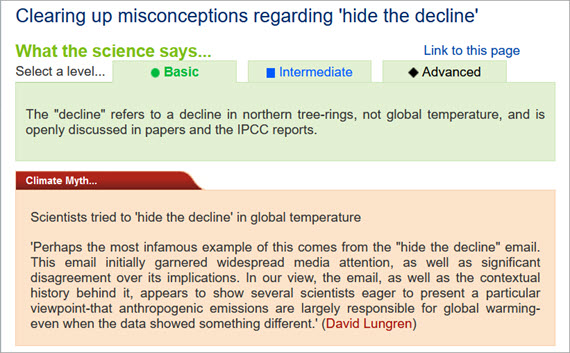Healthcare, Vol. 11, Pages 376: Impact of Endodontic Irrigant Activation on Smear Layer Removal and Surface Disintegration of Root Canal Dentine In Vitro
Healthcare doi: 10.3390/healthcare11030376
Authors: Matthias Widbiller Andreas Rosendahl Ralf Schlichting Christine Schuller Benedikt Lingl Karl-Anton Hiller Wolfgang Buchalla Kerstin M. Galler
The objective of this study was to compare the ability of different endodontic irrigation activation methods to enable irrigant penetration, remove the smear layer from root canal walls after preparation, and investigate surface effects on dentine. Root canals of 90 single-rooted teeth were prepared and irrigated with EDTA (17%) and sodium hypochlorite (5%), where both irrigants or sodium hypochlorite only were activated as follows: conventional needle irrigation, ultrasonic activation, sonic activation (EDDY), or laser-based activation (photon-induced photoacoustic streaming/PIPS). For the evaluation of irrigant penetration into dentinal tubules, methylene blue was injected and activated as well. Subsequently, teeth were sectioned horizontally, and dye penetration depths were measured. Alternating sections were split in halves and randomly selected for scanning electron microscopic analysis. Root canal dentine was assessed for smear layer removal and surface disintegration according to a defined scoring system. The data were analyzed statistically with nonparametric and chi-squared tests for whole teeth and separately for coronal, middle, and apical thirds. All the tested activation methods removed a thicker smear layer than needle irrigation only. Additional activation of EDTA improved penetration depths of the irrigants, but not the smear layer removal. Surface disintegration of root canal dentine was observed with the additional activation of EDTA and particularly after laser-based techniques. Additional activation of EDTA does not seem to offer any convincing advantages in terms of irrigant penetration or smear layer removal but disrupts the dentine surface. Especially laser-based activation resulted in undesirable destruction of root canal wall dentine.

 1 year ago
51
1 year ago
51


